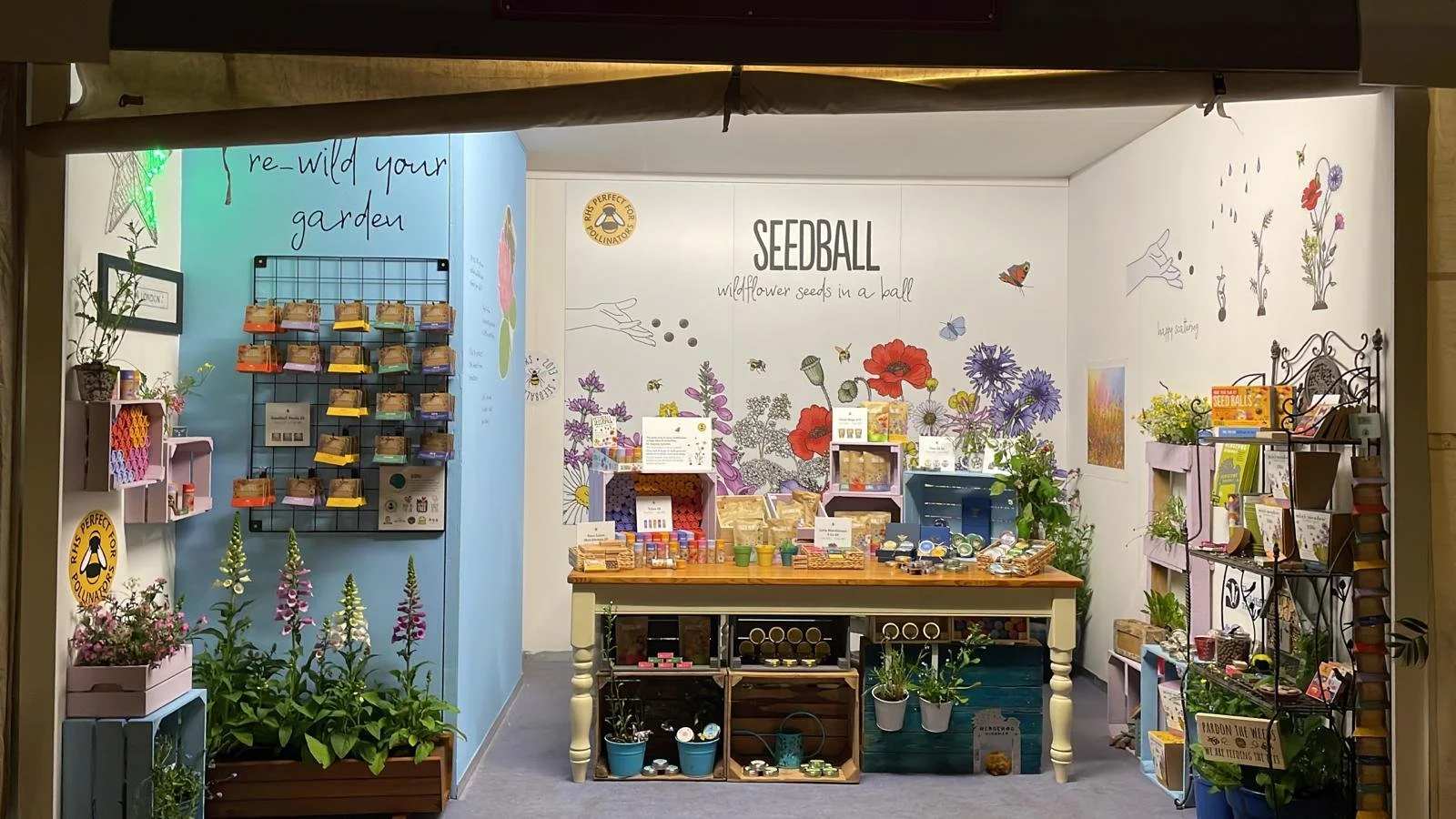Most people have heard of AI chatbots like ChatGPT, Google’s Gemini, or Microsoft’s Copilot — and plenty of investors are already using them. But the truth is, AI isn’t about to replace you. What’s happening, though, is that the people who know how to use AI effectively are gaining a serious advantage over those who don’t.
If you’re working with the BRR (Buy, Refurbish, Refinance) model, ChatGPT can help you spot opportunities, create professional investor updates, and streamline communication with agents — all in a fraction of the time it would take manually.
Here’s how you can use ChatGPT to sharpen your property strategy, save time, and boost your returns.
Why ChatGPT is a Game-Changer for Property Investors
ChatGPT is essentially a highly skilled assistant that works 24/7. Once you learn how to prompt it properly, it can handle repetitive tasks and free up your time to focus on growing your portfolio.
Here’s how it can help you as a property investor:
Analyse BRR Deals – Quickly calculate ROI, cash flow, and refinancing potential.
Write Professional Emails – Save time when chasing up agents, brokers, and solicitors.
Create Investor Reports – Generate clear, professional updates that build trust and credibility.
Produce Social Media Content – Build authority and attract JV (joint venture) partners.
Summarise Market Reports – Skip the reading and focus on the insights that matter.
Analyse mortgage/briding documents
The best part? ChatGPT gives you the ability to work more efficiently without sacrificing quality — so you can scale faster and focus on closing deals.
How to Get the Best Out of ChatGPT
The key to using ChatGPT effectively is knowing how to prompt it. The clearer you are, the better the output. Here’s how to approach it:
1. Be Direct and Specific
Give ChatGPT all the details it needs upfront. For example:
“Analyse this BRR deal: purchase price £150k, refurb £20k, refinance value £220k. Work out ROI and monthly cash flow based on a 5% mortgage rate and £750 rental income.”
2. Refine Until It’s Right
ChatGPT doesn’t always get it right the first time — but you can easily adjust it:
“That’s useful, but adjust for £3,000 stamp duty and £2,000 legal fees. What’s the updated ROI?”
3. Assign a Role
Ask ChatGPT to act like an expert in a specific field:
“Act as a professional property investor with BRR experience. Analyse this deal and give me key insights.”
4. Let It Ask You Questions
Instead of giving all the details upfront, ask ChatGPT to ask you questions:
“I’m looking at a BRR deal. Ask me the details you need to calculate ROI and cash flow.”
Example: Analysing a BRR Deal
Let’s say you’ve found a property listed at £150,000 that needs a £20,000 refurb. After the refurb, you expect to refinance at £220,000. You want to know how much cash you’ll have left in the deal and what the ROI will be.
Prompt:
"I’m looking at a BRR deal. The property price is £150,000, the refurb cost is £20,000, and the expected post-refurb value is £220,000. I’ll refinance at 75% LTV. Work out the ROI and monthly cash flow based on a 5% interest rate and £750 rental income.”
ChatGPT’s Response:
Purchase + refurb costs = £150,000 + £20,000 = £170,000
Refinanced amount at 75% LTV = £220,000 x 0.75 = £165,000
Money left in the deal = £170,000 - £165,000 = £5,000
Monthly mortgage payment at 5% interest = £165,000 x 0.05 ÷ 12 ≈ £687.50
Monthly cash flow = £750 - £687.50 = £62.50
ROI = (£62.50 x 12) ÷ £5,000 ≈ 15%
Refined Prompt:
"Now add in £3,000 stamp duty and £2,000 legal fees. How does that change the ROI?"
ChatGPT will adjust the calculation instantly — saving you the headache of doing it manually.
Creating Social Media Content to Attract Investors
Building a portfolio means building visibility. ChatGPT can help you create social media content that positions you as an expert and attracts JV partners.
Prompt:
"Write a LinkedIn post about my latest BRR deal. Include key details: purchase price £150k, refurb £20k, refinance at £220k, leaving £5k in the deal with 15% ROI. Make it engaging and professional.”
ChatGPT’s Response:
🚀 Latest BRR Deal Closed! 🚀
Just wrapped up another successful BRR deal!
✅ Purchase price: £150,000
✅ Refurb cost: £20,000
✅ Refinance at: £220,000
✅ Money left in: £5,000
✅ Monthly cash flow: £62.50
✅ ROI: 15%
This is why I love the BRR model — strategic investing at its best. If you’re interested in working together on future deals, drop me a DM!
Writing Professional Emails to Agents
ChatGPT can also draft professional, high-quality emails to agents — saving you time while maintaining a professional tone.
Prompt:
"Write a professional email to an estate agent asking for more details about a property listed at £150,000. Mention that I’m a cash buyer and can complete quickly.”
ChatGPT’s Response:
Subject: Enquiry Regarding Property at £150,000
Dear [Agent's Name],
I hope this email finds you well. I’m very interested in the property listed at £150,000. I’m a cash buyer and can proceed with a quick purchase. Could you please provide more details, including any recent surveys and the vendor’s expectations?
I look forward to hearing from you soon.
Kind regards,
[Your Name]
Summarising Market Reports
Instead of reading through 30-page market reports, let ChatGPT pull out the key insights for you:
Prompt:
"Summarise the key takeaways from this market report. Focus on rental yield trends and property price forecasts.”
ChatGPT will extract the most relevant information and organise it into clear bullet points — saving you time and helping you make faster decisions.
Creating a Business Plan for a BRR Deal
Need a business plan for an investor or mortgage application? ChatGPT can produce a structured, professional business plan in minutes:
Prompt:
"Create a business plan for a BRR strategy. Include target ROI, estimated refurb costs, and projected cash flow.”
ChatGPT will produce:
Executive summary
Financial projections
Market analysis
Exit strategy
This would take hours to write manually — ChatGPT will generate it in minutes.
Keep the Human Touch
ChatGPT is powerful — but it’s not perfect. Always check the numbers and make sure the tone and style match your brand. AI can save you time and give you a strategic edge — but your experience and instincts are still key.



































